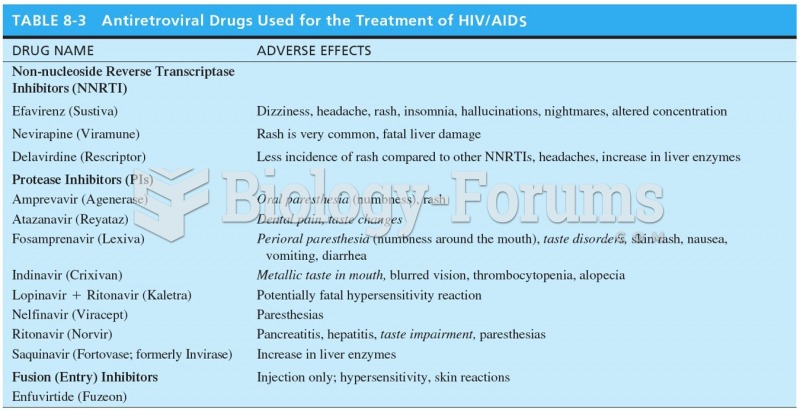Answer to Question 1
ANS: 1
There is evidence to suggest that survivors among racial and ethnic minorities and other under-served populations have more post-treatment symptoms and poorer treatment outcomes than Caucasians (CDC, 2004). The disparities in health among ethnic groups are related to a complex interplay of economic, social, and cultural factors, with poverty being a key factor. The Asian dishwasher is both a member of a racial minority and likely the poorest paid of the survivors.
While being a member of an ethnic group is a risk factor, a Hispanic truck driver is not likely to be the poorest of the survivors.
The Caucasian factory worker has the least risk because he is not a member of an ethnic or racial minority nor is there a likelihood of him being the poorest of the survivors.
While being a member of a racial minority is a risk factor, an African-American carpenter is not likely to be the poorest of the survivors.
Answer to Question 2
ANS: 2
As a nurse, learn to assess the many ways in which cancer affects the lives of clients who are sur-vivors. It is through their perception of how cancer impacts their lives, that therapeutic nursing interventions can be implemented.
Clients may not be comfortable identifying themselves as being stressed. An open-ended ques-tion regarding the effects of cancer on the client's life is likely to be more informative.
Asking a client what they are doing to cope with stress assumes the client is experiencing stress, and it may be uncomfortable for the client to answer. An open-ended question regarding the ef-fects of cancer on the client's life is likely to be more informative.
Asking a client about assistance needed to manage stress assumes the client is experiencing stress, and it may be uncomfortable for the client to answer. An open-ended question regarding the ef-fects of cancer on the client's life is likely to be more informative.







